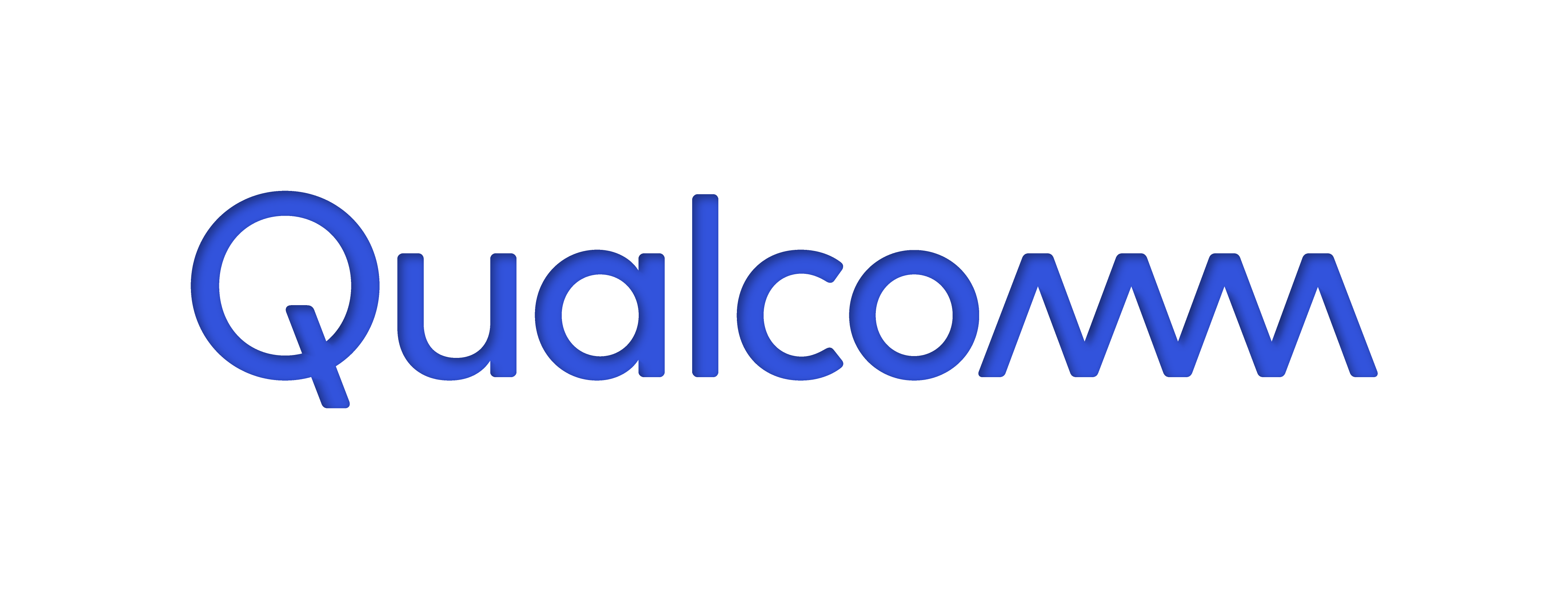COVID-19 Reinforces the Role of Mobile Connectivity in Bridging the Digital Divide
By Angela Baker | Senior Director, Corporate Responsibility

Despite efforts towards achieving Sustainable Development Goal (SDG) 9 – innovation, industrialization, and infrastructure – nearly half the global population, including 30 million Americans, are still lacking access to broadband – disproportionately affecting women, minorities, and poverty-stricken areas. While this “digital divide” is nothing new, the pandemic demonstrates how a lack of connectivity poses an urgent threat to people’s health, education, and livelihoods. According to a Project Tomorrow’s Speak Up survey conducted in April (publication coming soon), school district leaders across the U.S. estimate that up to 50 percent of their students do not have adequate internet connectivity at home to support remote learning. Furthermore, M-Lab data shows that broadband speeds have recently dropped at a significantly sharper rate in poverty-stricken populations of the United States as the demand for internet continues to increase during the pandemic.
To address global inequality, we must ensure a world where everyone has access to life-changing technology. How do we get there? By expanding access to mobile, strengthening private-public partnerships, and accelerating the proliferation of 5G.
Mobile technology can reach the poorest and most remote regions of the world where computers are not a viable reality. Globally, nearly 4 billion people lack internet access, but 5 billion have a mobile phone. According to the World Advertising Research Center (WARC) and GSMA, nearly 75 percent of the global population will use only their smartphones to access the internet by 2025. As Thomas Friedman, 3x Pulitzer Prize-Winner Journalist at the New York Times said in Power of 9, “When people are given technological tools, it is incredibly democratizing… That is a fundamental transformation of individual empowerment.”
Private-public partnerships can help bring connectivity to the communities that need it most. Cross-sector partnerships are necessary for driving progress towards social, economic, and environmental sustainability goals locally – particularly in remote and underserved regions. These types of collaborations combine private sector technology and innovation with public priorities. When technology companies work with local governments and NGOs, digital solutions can be put in place to tackle regional challenges, such as bringing high-quality education to underserved students, facilitating remote health care in resource-scarce settings, or leveraging real-time data to protect the environment.
For remote and rural communities that have never been connected, 5G has the power to change everything. The next era of advanced mobile broadband will enable faster data and be able to connect rural and remote areas that have historically lagged behind. According to CCS Insight’s 5G forecast, 5G connections will reach one billion people worldwide in mid-2023, taking even less time than 4G to reach this milestone. Brookings anticipates that this will provide increased economic opportunity for communities that often lack reliable broadband access. This will not only connect populations to critical resources, it will also catalyze entirely new industries and unlock the full potential of technology through diverse innovation.
In a recent interview with CNBC, Qualcomm CEO Steve Mollenkopf noted that COVID-19 has accelerated the wireless industry’s transition to 5G, which will, “have a profound impact on the planet, from a more sustainable future to improved productivity and economic growth.”
At Qualcomm, we have seen the impact that is made when advanced mobile technology is used to drive social and economic development in underserved regions. Our strategic initiative, Qualcomm® Wireless Reach™, partners with local governments and NGOs to showcase how mobile technologies can be used to help achieve the United Nations’ SDGs. Since 2006, the initiative has reached more than 20 million people leveraging 3G and 4G – just imagine what will be possible with 5G!
In the wake of COVID-19, many Wireless Reach programs have become even more crucial to the communities they serve. Our STEAM Mobile Learning program in Southeastern Kentucky have been using Qualcomm-enabled tablets to engage 5th graders and their teachers in distance learning. Similarly, the 21st Century Classroom enables remote learning for students in poverty-stricken areas of China, ensuring continuity of learning. In South Korea, Seoul Family Helper – a collaboration with the City of Seoul, Community Chest of Seoul, SK Telecom, and Going Now – utilizes mobile technology to help seniors with dementia stay connected to their caretakers and loved ones while they remain physically apart. The technology developed for our Project SIM program in Brazil has been leveraged by hospitals and clinics across the country to respond to COVID-19.
Closing the digital divide is more important than ever as the world continues to adapt to the reality of COVID-19. The government has started to recognize and address this critical need, with the Senate introducing stimulus packages that provide federal funding to help school districts pay for hotspots, devices, and at home connectivity for students who lack high-speed internet. Similarly, the recently passed CARES Act provides $13.5 billion in grants for educational technology, targeting children with disabilities and those from low-income households. These are promising developments, but businesses, governments, and NGOs must continue to work together on sustainable solutions that drive systemic change. We are all #InThisTogether.

